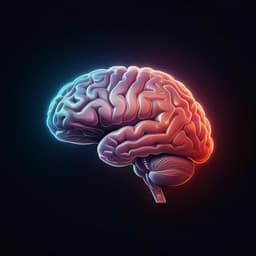
Medicine and Health
Neuronal and glial 3D chromatin architecture informs the cellular etiology of brain disorders
B. Hu, H. Won, et al.
This groundbreaking study explores the gene regulatory landscape of neurons and glia in the human brain, uncovering critical links between cellular machinery and the etiologies of Alzheimer's disease, schizophrenia, and bipolar disorder. The research team, including authors from the UNC Neuroscience Center and the Friedman Brain Institute, reveals how specific cell types contribute to these complex disorders.
~3 min • Beginner • English
Related Publications
Explore these studies to deepen your understanding of the subject.







